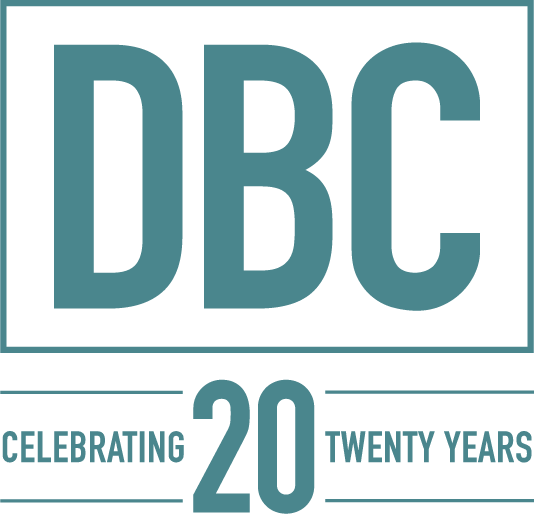2025 will be a year of transformational change for the television industry. In this special series, DBC Brand Communications and Jon Lafayette, former Business Editor at Broadcasting & Cable, look at what lies ahead for Broadcast Linear TV, Cable TV, Streaming and CTV. Here, a look at The Future of Cross-Platform Measurement, Part 1.
This most confounding thing about the future of cross-platform measurement is that it’s still in the future.
For years, measurement companies have been claiming to have cracked the code on being able to calculate the reach and frequency of TV campaigns that span both traditional broadcast and cable as well as streaming. This capability has become more important as streaming viewing has grown as big as broadcast and cable combined.
And yet, media buyers will tell you, they still don’t have definitive tools for planning and evaluating cross platform campaigns.
Even with the deluge of data available in the media business, the fundamentals of reach and frequency remain important in an environment where national reach is difficult to achieve with just traditional TV or streaming alone.
“There is definitely the need for cross-platform planning. If I’m a planner, I need the ability to figure out from an allocation perspective how much is linear and how much is streaming,” said long-time media researcher Howard Shimmel, now head of strategy and board member at datafuelX. “If I’m going to use some linear, how do I make sure what I’m doing with AVOD or FAST channels or OEMs is giving my client complementary and incremental reach?”
And yet, as video advertising has moved from three broadcast networks to 500 channels of cable to streaming, determining reach and frequency has become more and more difficult.
Frequency, in particular, is a recurring problem. Programs cluttered with commercials were an annoyance on cable. Now on streaming, despite technical solutions promising to control frequency, seeing the same commercials over and over irritates viewers.
Media buyers have seen solutions come and go, but the right tools have proved elusive. “Is it truly available? I would say no,” said Samantha Rose, executive VP at Horizon Media.
“I think we’re in a better place than we were several years ago. But what would be ideal is to really understand our true reach and frequency. That would be a starting point so we could optimize and change things so we have better frequency distribution across different audiences,” Rose said.
So what’s making cross-platform measurement so difficult?
For starters, basic data about how many people are available to watch some channels, let alone how much viewing actually occurs, is not always available or being shared in a way that enables buyers and clients to slice and dice the data in an apples-to-apple manner.
This behavior was initiated by the social media and digital media giants who keep their data within walled gardens. Google, Facebook, Amazon and others will provide metrics on how many people ads on their platforms reach, how many viewers clicked on ads and even how much product was sold. But by and large, they’re marking their own homework and making it difficult for buyers to compare platforms, or weigh the value of digital media vs. traditional TV.
Data gathering and sharing agreements restrict the ability for measurement providers to use ACR data from smart TVs beyond narrow limitations.
The limited data that some digital publishers have hasn’t made agencies reluctant to allocate ad video ad dollars to connected TV, Rose said. “I don’t think the measurement challenges are really hampering spend,” she said.
One might think that clients would attempt to stop spending money with publishers that don’t provide the data that make accurate campaign planning possible.
“Google and Facebook and Amazon won’t give you the impression level data you need,” said former Comscore and VideoAmp exec Josh Chasin, now a principal at KnotSimpler. He recalled asking one giant TV advertiser why they don’t just stop buying unless they receive more viewing data. “You should be the boss, not them,” he said. “And they said: ‘They’re too big. We can’t.’”
Fingers also point towards industry computer systems designed to track and report on media campaigns that can handle metrics from a limited number of measurement companies–at a time when many in the industry want to use different currencies depending on the audience they are interested in reaching.
All in all this situation creates problems for media buyers, media sellers and most importantly for marketers.
Poor tools have made it difficult for traditional media to compete with digital media that have walled gardens, preventing third-parties from comparing their exposure and impact.
Without having an effective way to predict incremental reach and frequency among video channels, media buyers find it difficult to plan and optimize campaigns. Most importantly, the lack of cross-platform data hampers the ability to accurately allocate advertising dollars among marketing channels.
All of this frustrates and bewilders marketers, as this failure can result in disappointing return on advertising investments and expensive attempts at last-minute course corrections when campaigns underperform.
The Association of National Advertisers is attacking this problem with its Aquila project, which is collaborating with platforms including Amazon, Google, Meta and Tiktok.
“Aquila is on track to deliver to advertisers a cross-media measurement solution that will unlock substantial value for all stakeholders and deliver an improved ad experience for all audiences and segments through transparent measurement,” said Bill Tucker, CEO of Aquila announced last month.

Jon is the former business editor of Broadcasting+Cable since 2010. Before B+C, Jon covered the industry for TVWeek, Cable World, Electronic Media, Advertising Age and The New York Post. A native New Yorker, Jon is hiding in plain sight in the suburbs of Chicago.

